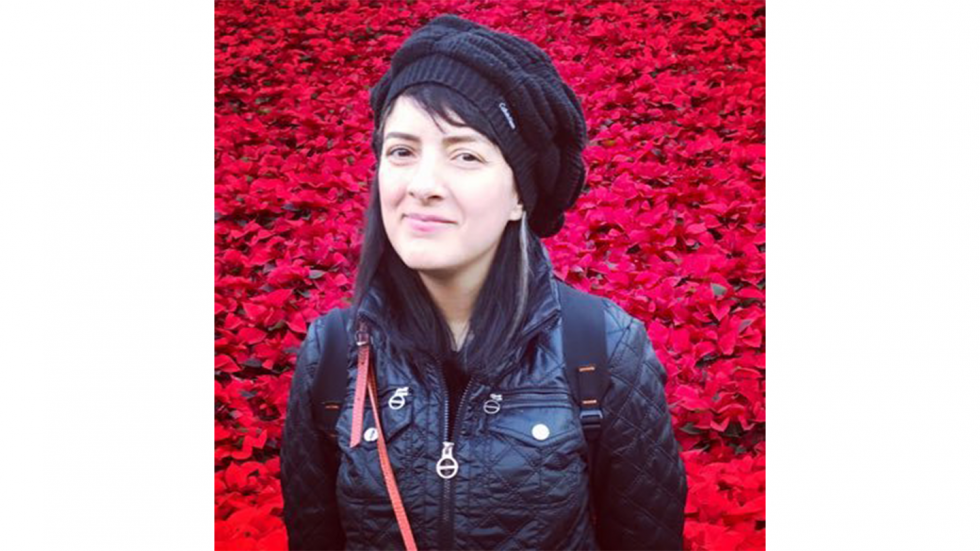Pamela Karimi: Art and Spatial Politics
Speaker Pamela Karimi is an architect and an architectural historian. Her primary field of specialization is art, architecture and visual culture of the modern Middle East.

Since the 1980s, political, economic and intellectual forces have driven Iran's creative class toward increasingly original forms of artmaking not meant for official venues. Instead, these art forms appear in private homes with "trusted" audiences, derelict buildings, leftover urban zones and remote natural sites. Drawing on interviews with artists, gallerists, theater experts, musicians and designers, in this presentation Pamela Karimi throws into sharp relief the extraordinary art and performance activities that have received little attention outside Iran. Attending to nonconforming curatorial projects, independent guerrilla installations, escapist practices and tacitly subversive performances, Karimi also discloses the push-and-pull games between the art community and the authorities, and discusses myriad instances of tentative coalition as opposed to uncompromising resistance.
Pamela Karimi is an architect and an architectural historian. She earned her PhD from the History, Theory & Criticism of Art and Architecture Program at MIT in 2009. Her primary field of specialization is art, architecture, and visual culture of the modern Middle East. Her second area of research is design and sustainability in North America. She is the author of Domesticity and Consumer Culture in Iran: Interior Revolutions of the Modern Era (Routledge, 2013). Karimi’s forthcoming book, Alternative Iran: Contemporary Art & Critical Spatial Practice will be published by Stanford University Press in July. This book project was recently awarded the 2021 Millard Meiss Publication Fund from the College Art Association.
This event is co-sponsored by the Visual & Performing Arts Department and the Center for the Study of Race, Ethnicity, and Social Justice.